Perfect Guide To Create A Good Monogram Logo Design

Source: Ampersandrew, THZ | Monogram, Dribbble, https://dribbble.com/shots/18332614-THZ-Monogram
Monogram logo design stands as a quintessential element in branding, combining initials or letters to create a distinctive symbol that embodies a brand's essence. These logos are not only timeless but also boast a high degree of versatility, making them a favored choice among businesses aiming to project elegance and exclusivity. Whether you’re crafting an identity for a new brand or reimagining one for an established company, a well-designed monogram can communicate sophistication and professionalism.
Creating an effective monogram logo requires a deep understanding of design fundamentals, a keen eye for typography, and an intuitive sense of balance and aesthetics. This guide aims to navigate you through the intricate process of designing a monogram logo that is not only visually captivating but also resonant with your brand's identity. From selecting the right letters to choosing appropriate colors and fonts, each step is crucial in crafting a logo that stands out in the competitive business landscape. With the right approach, a monogram logo can be a powerful tool to convey the legacy and future aspirations of a brand succinctly and stylishly.
Understand the Basics of Monogram Logo Design
Monogram logo design is an art form that merges typography and branding to create a symbol that is both unique and reflective of a brand’s identity. At its core, a monogram involves intertwining two or more letters, usually a company’s initials, to produce a single cohesive design. This technique has been used historically not only in business but also in personal branding, appearing on everything from currency to custom stationery.
The appeal of monogram logos lies in their simplicity and adaptability. They can convey luxury and sophistication or be modern and minimalist, depending on the design approach. To start, it is crucial to understand the fundamental principles of typography and design composition. This includes an appreciation for the way letters can be manipulated to form connections, creating a balance between white space and letterform.
A successful monogram logo design should be easily recognizable and should work across various media platforms. It should be scalable, looking as impressive on a business card as it does on a billboard. The choice of font, style, and the interplay between the letters are critical decisions that will define the overall impact of the logo. Designers must consider how each element aligns with the brand’s narrative, ensuring that the monogram stands as a true representation of the brand’s values and ethos.
Choose the Right Letters
Choosing the right letters for a monogram logo design is a crucial step in ensuring the logo not only looks visually appealing but also captures the essence of the brand it represents. Typically, the letters chosen are the initials of the brand name; however, selecting which letters to use and how they are arranged can vary greatly depending on the brand’s style and the message it wishes to convey.
When selecting letters, consider their shapes and how they might interact with one another. Some letters pair naturally due to their curves or angles, while others may require more creative manipulation to cohesively blend. It’s important to experiment with different letter combinations and layouts to see which configurations create the most striking visual harmony.
Additionally, the letters should be legible when formed into a monogram. This means avoiding overly complicated fonts or excessively ornate embellishments that can detract from the readability of the design. Simplicity often reigns supreme in monogram logo design, as the goal is to create something that is both memorable and easily identifiable at a glance.
Finally, think about the personality and tone of the brand. Are the letters bold and assertive, or elegant and fluid? The character of the letters should reflect the brand’s personality, making the monogram a fitting emblem of the brand’s identity and values. This thoughtful selection process ensures that the monogram logo stands as a powerful symbol that resonates with its intended audience.
Consider the Brand’s Identity
When designing a monogram logo, considering the brand's identity is paramount. A monogram serves as a visual representation of the brand, encapsulating its essence in a few simple letters. Therefore, the design must resonate with the brand’s core values, mission, and the overall image it aims to project to its audience.
Begin by delving deep into the brand’s backstory—its history, its aspirations, and the demographic it serves. Understanding these elements can inspire a design that truly reflects what the brand stands for. For instance, a luxury brand might benefit from a sleek, elegant monogram, while a modern tech company might prefer something more minimalist and contemporary.
The choice of elements to include in the monogram, such as symbols or additional design motifs, should align with the brand’s messaging. Each design decision, from the curves of the letters to the inclusion of a border, contributes to a narrative about the brand. The logo should tell a story that appeals to the emotions and values of the target audience, making the brand instantly recognizable and deeply memorable.
Furthermore, the adaptability of the monogram across various platforms—digital, print, merchandise—must be considered. A great monogram maintains its integrity and continues to convey the brand's identity, whether it's displayed on a website header, a t-shirt, or a billboard. Every aspect of the monogram's design should work harmoniously to enhance the brand's visibility and recognition in a crowded marketplace.

Source: Alex Aperios, DD Logomark, Dribbble, https://dribbble.com/shots/21093682-DD-Logomark
Select a Suitable Font
Choosing the right font is crucial in the design of a monogram logo because it sets the tone for the entire piece. The font you select can convey a multitude of attributes about the brand, from its heritage to its future aspirations. It's not just about the style of the letters; it’s about how those letters communicate the brand’s personality to the world.
When selecting a font for a monogram logo, consider the legibility and uniqueness. The font should be easy to read at various sizes and recognizable to ensure that the logo makes a lasting impression. Classic serif fonts often suggest tradition and reliability, while sleek sans-serif fonts can convey a modern and clean look.
It’s also important to experiment with custom modifications. Even small tweaks to a font—such as adjusting the kerning, altering the weight, or adding a unique flourish—can transform a generic font into a bespoke element that perfectly fits the monogram. This customization makes the logo stand out and ensures that it isn't easily replicated.
Additionally, consider the emotional impact of the font choice. Different fonts can evoke different feelings and associations in the viewer's mind. A well-chosen font will enhance the overall design and help the monogram connect with its intended audience on an emotional level.
Ultimately, the font should not only be beautiful and appropriate but also functional, ensuring that the monogram is versatile across all mediums and applications where the brand is represented.
Simplicity Is Key
In the realm of monogram logo design, simplicity reigns supreme. A simple design not only ensures clarity and ease of recognition but also fosters an enduring appeal, avoiding the pitfalls of design trends that quickly become outdated. When crafting a monogram logo, the goal is to create a symbol that is both minimalist and memorable, capable of conveying the brand’s essence at just a glance.
A simplistic approach to monogram design focuses on the essential elements—usually one to three letters—and minimizes the use of complex graphical embellishments. This does not mean the design should lack creativity; rather, it should channel creativity into making a few elements highly effective. Simplifying the design helps in enhancing the versatility of the logo, ensuring that it can be easily applied across various mediums, from digital to print, and from large billboards to small promotional items.
The key to a successful simple monogram is the perfect balance between uniqueness and minimalism. Each stroke and curve should be considered for its contribution to the overall form and function of the logo. This approach not only aids in brand recall but also contributes to a professional and polished look, which is vital for establishing trust and authority in any industry.
Remember, a monogram logo is often the first point of contact between the brand and potential customers. It should be designed to make a strong and positive first impression, one that stands the test of time and cements the brand’s visual identity in the minds of its audience.
Use Symmetry and Proportion
Symmetry and proportion are foundational elements in the design of a monogram logo. They play a critical role in creating a balanced and aesthetically pleasing logo that captures attention and promotes brand recognition. A well-proportioned monogram will appear more harmonious and professional, which enhances the brand's credibility and appeal.
When integrating symmetry into a monogram logo, consider how the mirrored elements contribute to a sense of balance and unity. Symmetry does not necessarily mean that every aspect of the logo must be identical on both sides; rather, it should convey a balanced distribution of visual weight across the design. This balance can be achieved through the strategic placement of letters and associated graphical elements, ensuring that each side of the logo complements the other without overwhelming it.
Proportion, on the other hand, refers to the relationship between the elements within the logo. Proper proportion ensures that the logo’s components are sized and positioned relative to each other in a way that feels cohesive and intentional. This includes the sizing of the letters relative to any shapes or lines included in the design. Proportion impacts not just the aesthetics but also the legibility and effectiveness of the logo at different scales.
Applying these principles effectively can elevate a simple monogram to a compelling piece of visual branding. It’s important to meticulously tweak and adjust these elements during the design process to achieve a logo that not only looks balanced and beautiful but also truly represents the brand in a clear and impactful way.
Experiment with Overlapping
Overlapping letters in monogram logo design is a creative technique that can significantly enhance the visual impact of the logo while reinforcing the unity of the brand elements. This approach involves strategically layering parts of one letter over another, which not only adds depth to the design but also creates a unique interplay of shapes and spaces.
When experimenting with overlapping, it is crucial to maintain legibility. The letters should still be recognizable to ensure that the logo effectively communicates the brand’s initials. Designers must consider the form and negative space of each letter to determine how they can interlock or overlay without losing their distinctiveness. This might involve adjusting the weight, width, or orientation of the letters to achieve a balanced look.
The process of overlapping can also lead to the discovery of new shapes and symbols within the letters themselves, potentially adding an additional layer of meaning to the logo. For example, the negative space created by overlapping two letters might resemble a relevant icon or shape, which can enhance the storytelling aspect of the logo.
Using software that allows for easy manipulation and adjustment of letter forms is beneficial when testing different overlapping arrangements. This ensures that designers can experiment with numerous variations quickly and effectively, allowing for the refinement of the design until the optimal configuration is achieved.

Source: Gert van Duinen, R, Dribbble, https://dribbble.com/shots/21619963-R
Incorporate Color Wisely
Color is a powerful tool in monogram logo design, capable of evoking emotions and conveying brand values. When incorporating color into a monogram logo, it’s essential to choose hues that align with the brand's identity and resonate with the target audience. The right color choice can enhance the logo’s visibility, differentiate it from competitors, and influence consumer perception.
Start by understanding the psychological impact of colors. For example, blue can evoke feelings of trust and dependability, which might be suitable for financial institutions; red can signify energy and passion, making it a good choice for brands looking to convey excitement or boldness. It’s important to consider the cultural connotations of colors as well, as these can vary significantly across different regions and audiences.
In addition to choosing the right colors, consider their application in the logo. Using a limited color palette can help maintain the logo’s simplicity and ensure it remains effective across various mediums. It is also crucial to test how the logo looks in black and white or grayscale, to ensure that it maintains its integrity in non-color applications such as document stamps, faxes, or when photocopied.
Finally, the consistency of color usage across all brand communications should be a priority. Consistent use of color reinforces brand recognition and enhances the cohesiveness of the brand’s marketing efforts. Choose colors that are versatile and scalable, meaning they look great in digital media as well as in print, on small items like business cards, and on larger formats such as billboards.
Create a Versatile Design
Versatility is a cornerstone of effective monogram logo design. A versatile logo functions well across a variety of media and formats, from digital displays to physical merchandise, ensuring that the brand’s identity is consistently represented everywhere it appears. To achieve this, the design must be simple yet distinctive, easily scalable, and legible in any size.
The key to versatility in a monogram logo is to ensure that it is as impactful in black and white as it is in color. This means the logo should not rely solely on color for its effect; the structure and form should stand alone. Additionally, the logo should retain its clarity when scaled down for smaller applications like a business card or a mobile app icon, as well as when enlarged for use on billboards or signage.
Designers should also consider the various contexts in which the logo will be used. For instance, a monogram that appears on a digital screen might need different considerations for contrast and color saturation than one that is printed on textured paper. The design should be adaptable to both dark and light backgrounds to enhance its usability across different platforms.
Ultimately, creating a versatile monogram logo requires a balance between uniqueness and simplicity. It should encapsulate the brand’s essence in a form that is both memorable and functional, making it a powerful tool in the brand’s visual identity arsenal.
Test Different Compositions
Testing different compositions is an essential step in the monogram logo design process. It involves exploring various arrangements of the same elements to determine which composition communicates the brand’s identity most effectively. This experimental phase can reveal the most visually appealing and functional layout for the monogram, ensuring that it not only looks good but also serves its purpose as a brand identifier.
To begin testing, designers should create multiple versions of the monogram using different configurations of letters, alignment, and spacing. Each variant should be evaluated for its aesthetic qualities and how well it aligns with the brand's messaging. Important aspects to consider include the balance between elements, the overall shape and silhouette of the logo, and its legibility at different sizes.
Testing should also extend to how the monogram interacts with additional design elements such as borders, backgrounds, and auxiliary typography. Each composition can be assessed in various real-world applications, such as on website headers, product packaging, or corporate stationery, to evaluate its effectiveness in context.
Feedback from potential users or target audience members can be invaluable during this phase. Their reactions can provide insights into the emotional and psychological impact of each composition, guiding the final selection process.
This methodical approach to testing ensures that the final monogram logo is not only visually striking but also fully functional and effective in representing the brand across all intended mediums.
Conclusion
Crafting a successful monogram logo design requires a blend of creativity, strategic thinking, and technical precision. By following the principles outlined—focusing on simplicity, testing various compositions, and ensuring versatility—designers can create a monogram that not only looks stunning but also embodies the brand’s identity and values. Remember, a well-designed monogram logo is more than just a beautiful symbol; it’s a powerful tool for brand recognition that resonates with audiences across different mediums. Embrace the process, engage with your creative instincts, and watch your monogram become a lasting emblem of the brand you represent.
Let Us Know What You Think!
Every information you read here are written and curated by Kreafolk's team, carefully pieced together with our creative community in mind. Did you enjoy our contents? Leave a comment below and share your thoughts. Cheers to more creative articles and inspirations!


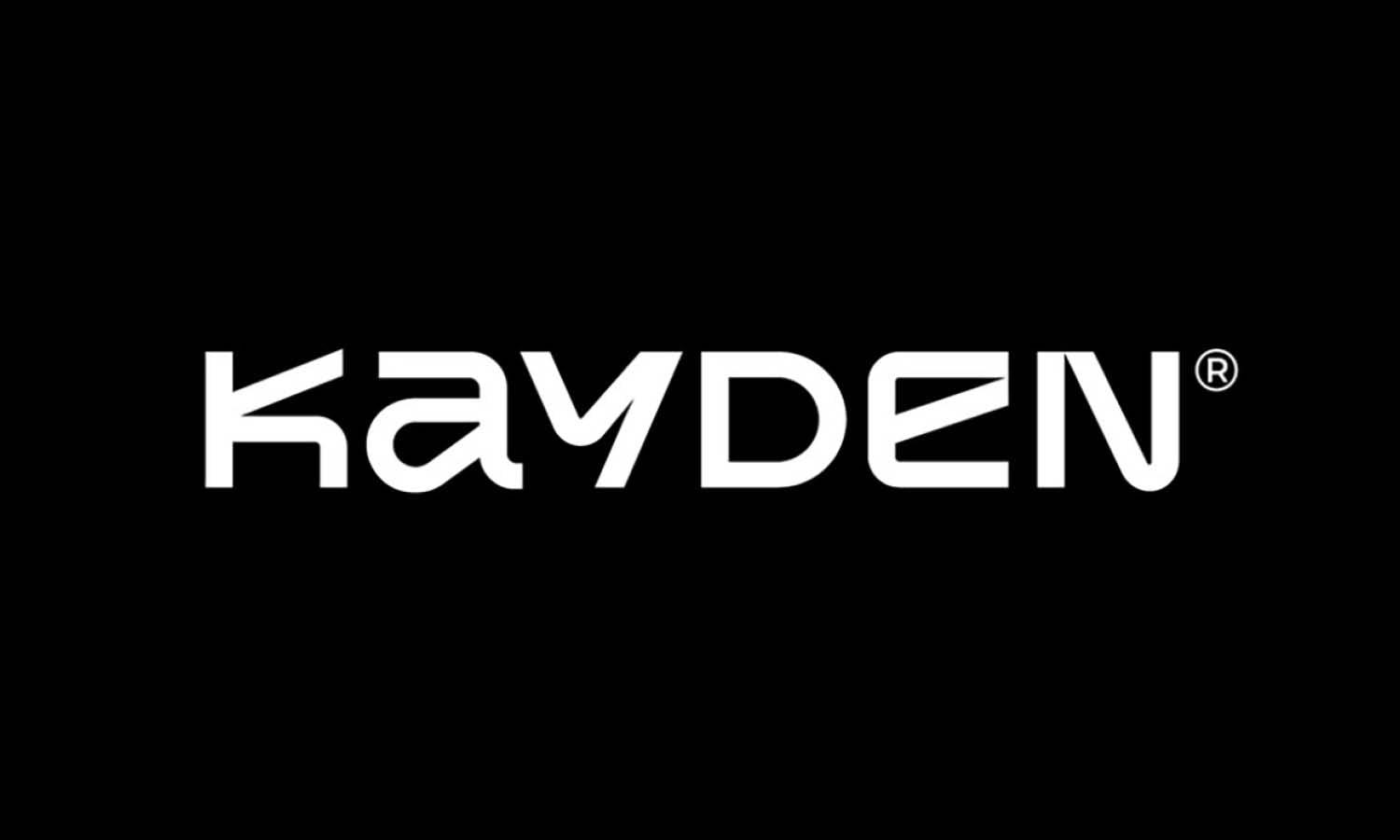
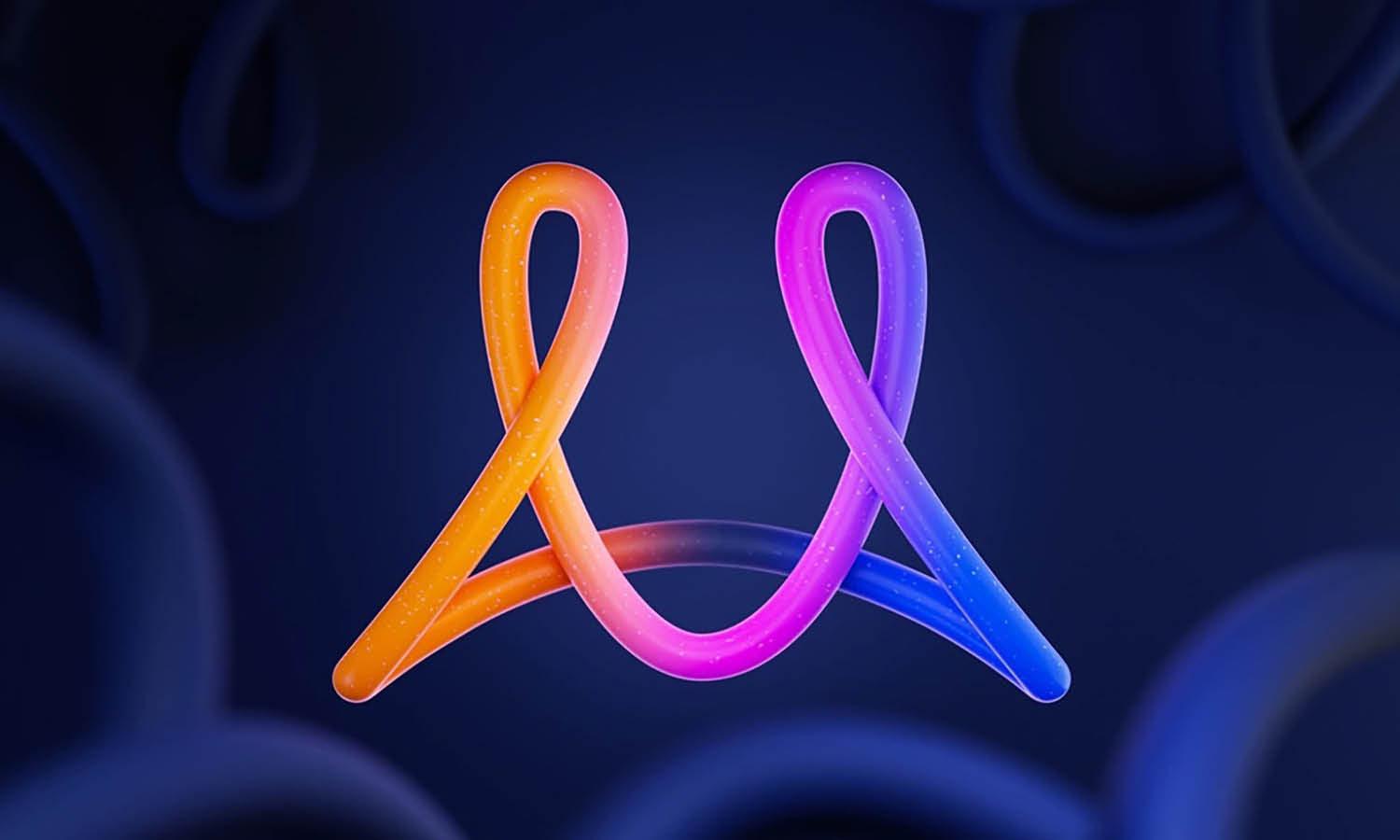
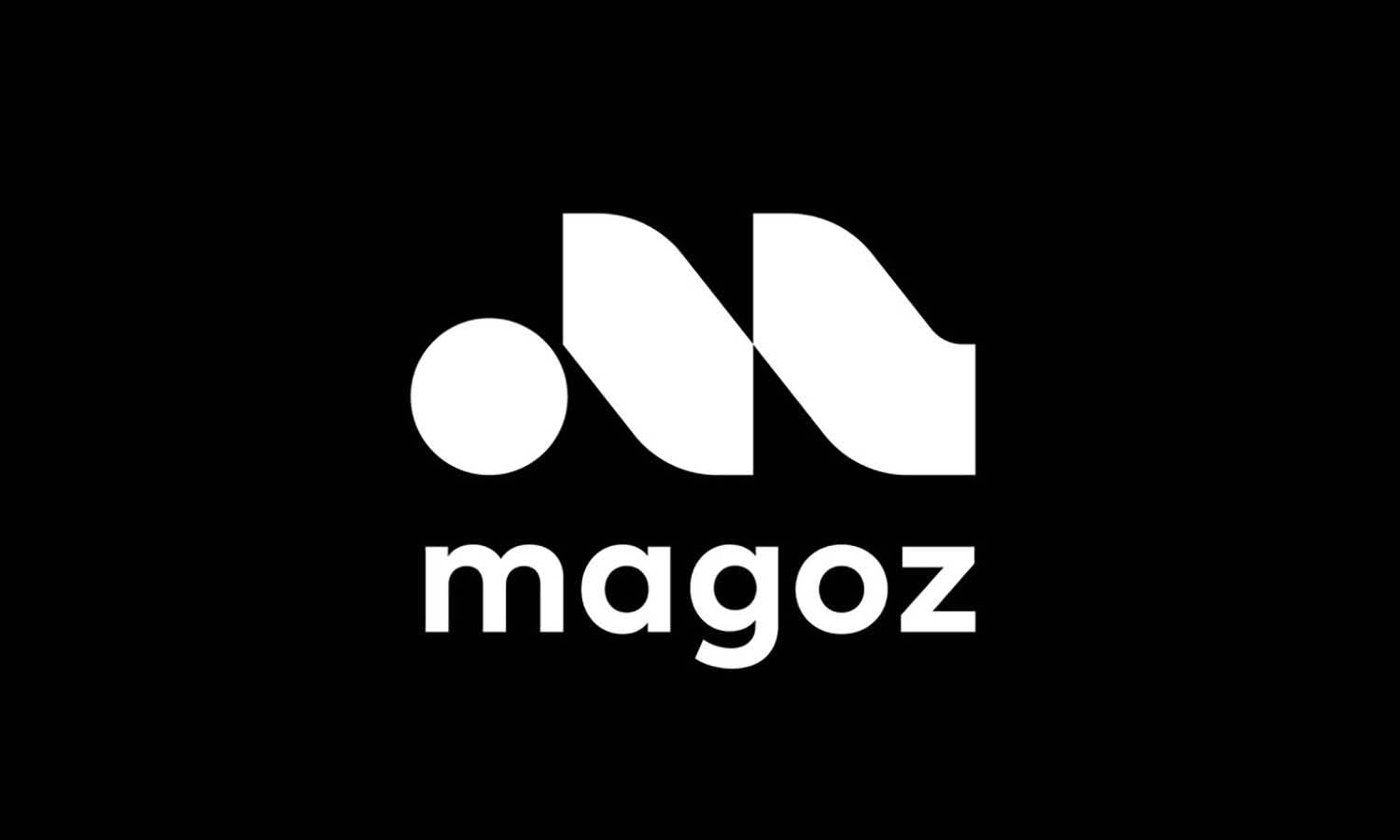
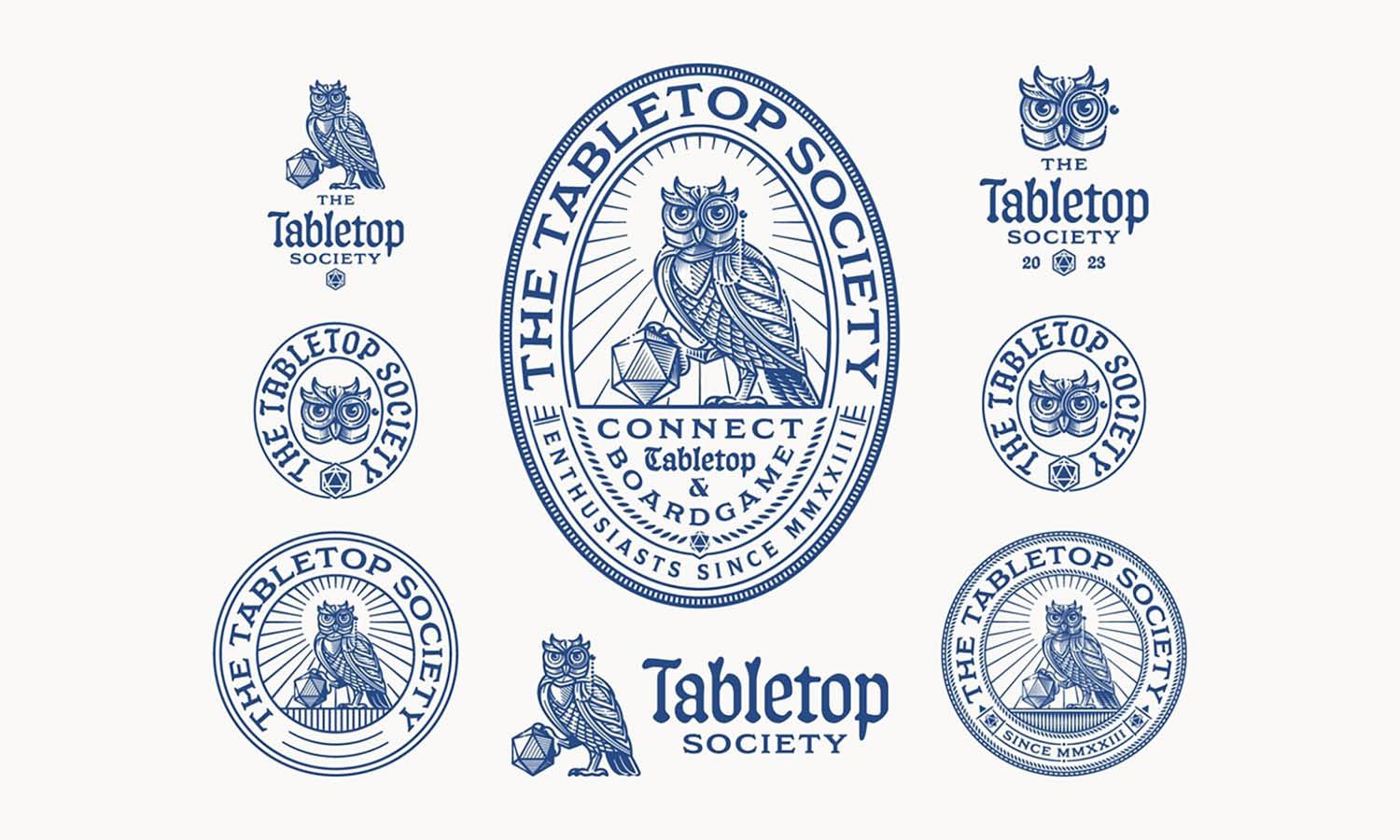
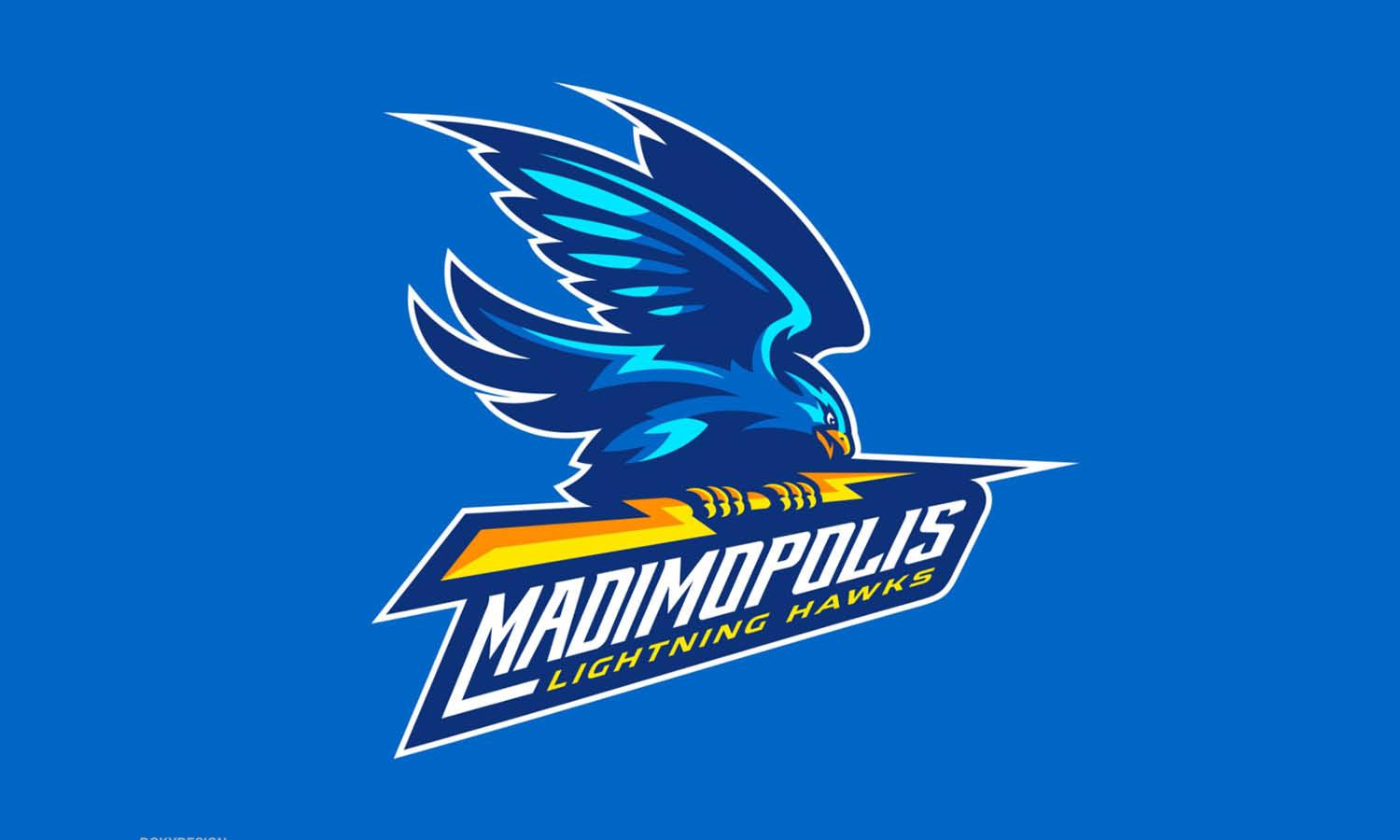
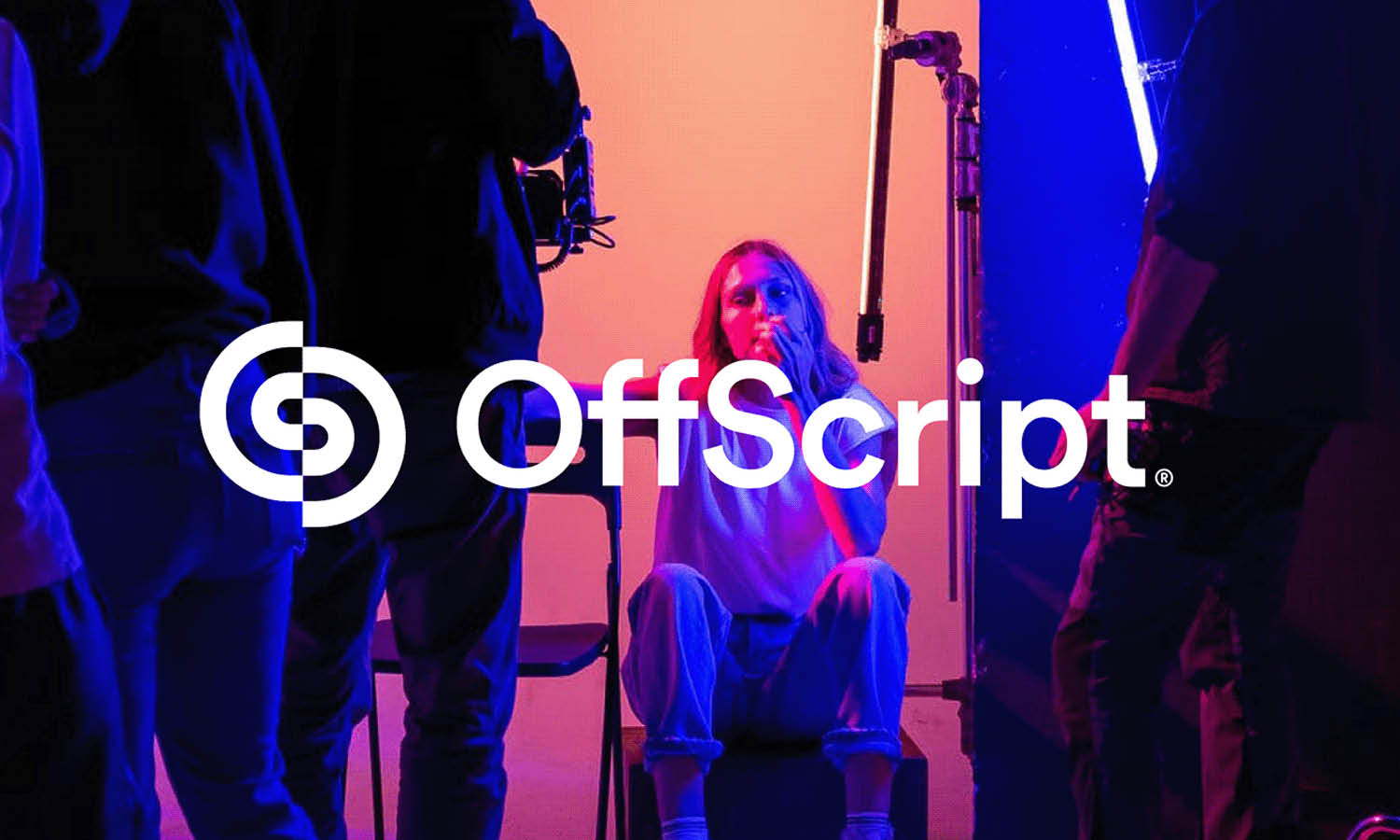
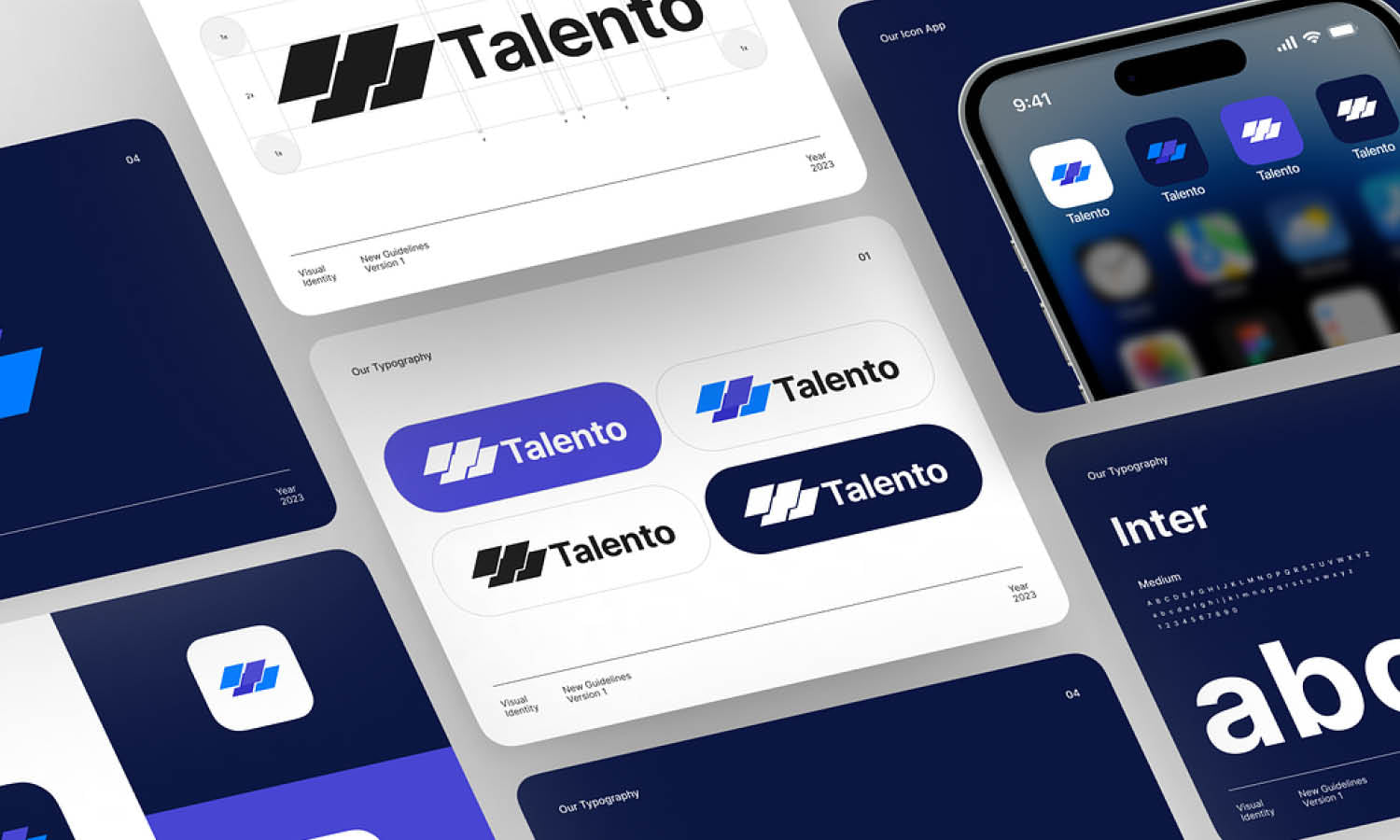







Leave a Comment